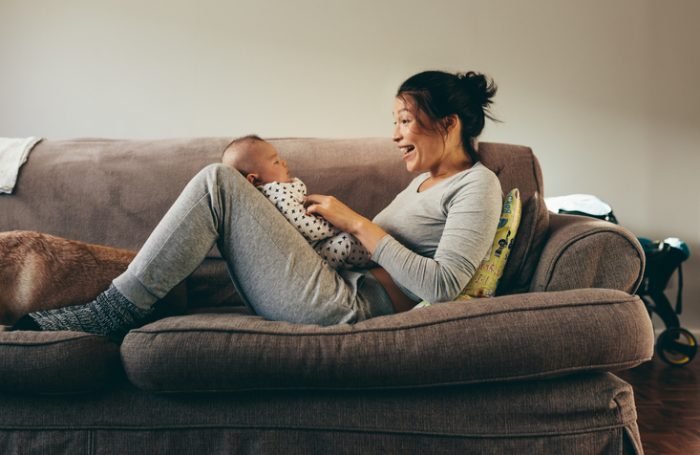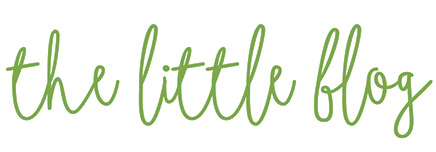The real excitement isn’t in which specific word comes out first; it’s in finding out you and your little one are truly on the same page.
Article by Sarah Fallon in the online edition of The Guardian

Like many new mums, I love ticking off milestones. Rolling, crawling, sucking on toes. That last one might not be a milestone, but it sure is cute! As my son approached one, however, nothing was more exciting than the prospect of his first words.
My partner was equally keen. We strained our ears for any passing similarity to mama or dada, cat, car or dog – all the important nouns we thought usually made up first words.
In the end he preferred making animal noises before naming loved ones or objects, but he got to those too. When his uncle was visiting from interstate, he asked me what his actual first word was.
I paused. I didn’t know. His first words were so tentative; the line between babble and deliberate speech blurred. After some babbling of my own, I settled for saying “cheese,” and we all laughed.
A few months later, I stumbled upon a study in the Journal of Child Language. The author of the study, Amalia Skilton, mentioned that words such as this and that or here and there, known as demonstratives, are often among children’s first words.
There was a niggling at the back of my mind; a memory of certain dis and dat sounds my son was making around the time he started mooing, or even earlier.
In languages like English, Spanish, Italian and Mandarin with simple demonstrative structures, these words often occur in the first 10 words learned by children, and with great frequency. Skilton writes: “This early emergence and high production frequency are typically attributed to demonstratives’ close relationship with joint attention.”
Demonstratives are words designed to draw, direct and align your focus. Joint attention is when two people focus on an object or event to interact with each other. It’s integral to the development of a child’s social and cognitive skills.
As an avid parenting book reader, I’d come across this term before, but only in the context of gestures such as pointing. According to Holger Diessel and Kenny R Coventry, authors of a study of demonstratives in social interaction, “most research on joint attention has been concerned with nonverbal means of communication, notably with pointing and eye gaze”.
I delighted in my son’s abilities to direct me to the things and places he wanted to see with an outstretched index finger. I commented on each and every one. But none of my reading discussed linguistic means of initiating joint attention. I missed his early verbal attempts to attract and direct my attention, believing them still to be babble. Not only this, I missed the attempts he made to share his perspective of the world with me.
Diessel and Coventry acknowledge that establishing joint attention is no mean feat. It requires that the people involved see each other as “mental or intentional agents”.
I know that from a very early age, if not birth, babies are intelligent and aware beings; their repeated attempts to reach and roll and knock over the pot plant are not accidental. But remembering this and treating them as such on a day to day, hour to hour basis is not so easy. Even now that my son is parroting everything I say – swear words included – I still talk about him and things as if he’s not there.
So, I defaulted to the age-old assumption that babies aren’t up to much and dismissed any feelings that his babble had started to change. It was surely too early; I was just getting carried away. He’s not really talking. Not yet.
But now communicating with my son is one of my greatest joys as a mum. Now two years old, each day he is saying more words, stringing together longer sentences and indulging me in greater conversations. With the knowledge I have now, I feel sure that he was making deliberate attempts at speech before I recognised them.
While I may mourn the opportunity to confidently declare his first word, as I did his first smile and first steps, missing it didn’t damage my son’s language development or our relationship. There were plenty of other words and gestures I engaged with – even occasionally the dat I only half-believed meant anything.
Now, his favourite phrases still include demonstratives: this way, here it is, this one, sit here! And he still says that to ask what things are and adds each new answer to his vocabulary.
A demonstrative might not be as exciting as cat or dog to say when asked what your child’s first word was, but the real excitement is in the interaction, the communication, and finding that you and your little one are on the same page.
Source: we’ve found this article in the parenting section of The Guardian. The author, Sarah Fallon, writes on topics from fairy tales to farming. Her nonfiction and short stories have been published broadly online and in print in places like Overland, Mindful Parenting and more.
